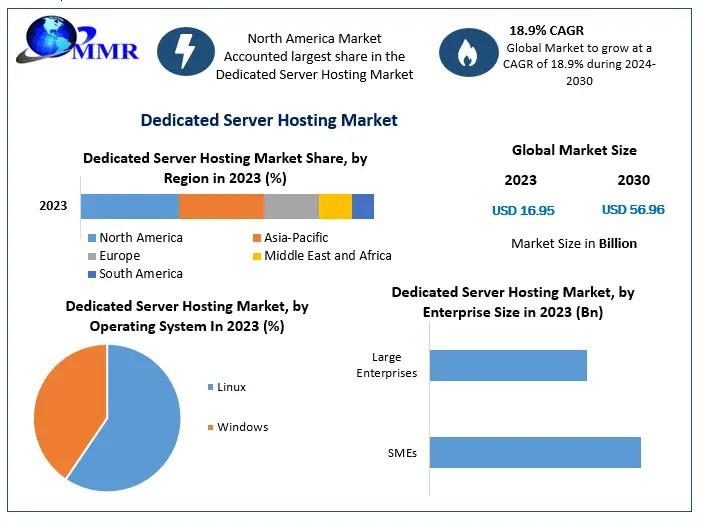In 2023, cyberattacks rose 7% and this includes retail cyber threats. You’re wrong if you think online threats are confined to ransomware attacks.
Retail cyber threats are numerous, from altering gift cards to deceiving self-checkout systems through swapping barcodes. It moves on from hijacking customers’ accounts and stealing their personal information, to digital skimming and stealing credit card numbers. Let’s explore how retail cyber threats can impact your business, and how to combat them.
Ransomware Attacks
You can realize the severity of the matter because McDonald’s, Ikea and BlackFog were among its major victims in 2022. According to a recent report, ransomware attacks surge from June 2022 to July 2023. Financial loss is at the top of the list of after-effects, sometimes leading to bankruptcy, with smaller retailers finding it very hard to stand on their feet again. Most companies have to shut down operations and even point of sale systems.
Loss of reputation is another major issue. Lack of security and leakage of employee and customer data make people leave the business altogether.
Mitigation
- Back up important data, customer information: Even if you lose it to a ransomware attack, you’re not entirely destroyed, and you can continue business operations.
- Make use of antivirus and a VPN: Good antivirus software will make you aware of the threat beforehand. Also, a reliable VPN helps extend your security measures against cyberattacks.
Bots and Impersonators
Bot are automated scripts that can emulate human behavior by using a browser. They’re hard to find as they can hide through anonymous proxies and public cloud services. After using these tricks, bots can make purchases using stolen customer data from vouchers, gift cards and even their credit card information.
Impersonators lure customers into giving away their personal information, which is later used to threaten them. The hacker creates a fraudulent version of a reputable brand and then steals sensitive data, including financial information, login credentials and personal data. The impersonating technique is so up to date that it’s nearly impossible to determine whether the brand is real or fake.
Mitigation
- Blocking: You can block outdated browsers or agents.
- Keep a check: Quick investigation of high traffic spikes and monitoring of failed login attempts can help you mitigate bot threats to a great extent.
- Dedicated IP: you are more likely to get this issue if you are using a shared IP server. Make sure you use a dedicated server. A dedicated IP will see any issues that are related to either your VPN not working or server blockage.
DDoS Attacks
A DDoS attack involves the attacker flooding the targeted server with overwhelming internet traffic from multiple locations, ultimately making your websites unavailable.
A targeted server is attacked by a group of computers or devices that have been infected with malware and have been co-opted to send requests to the target’s IP address. You’ll be inviting monetary loss and stress on your IT team if you don’t take measures to prevent this type of attack.
Mitigation
- An effective firewall matters: Protecting your business against DDoS attacks is possible if you implement high-level security networks. You can use an effective firewall from a leading vendor like SonicWall, Draytek or Cisco.
- Troubleshooting: Updated troubleshooting methods and regular monitoring offer rigorous and ultimate protection against DDoS attacks.
Supply Chain Issues
At times, hackers attack supply chains, in turn disrupt a lot of the companies associated with them. They may steal your financial records and hinder daily operations by restricting your access to their products. The SolarWinds hack in 2022 is one example that put thousands of businesses at stake.
Mitigation
- Conduct a third-party assessment: Regularly conduct third-party risk assessments to help determine if there’s any insider threat or potential weakness.
- Remote access strategies: You can also seek help from a Managed Service Provider (MSP) that provides endpoint security services to mitigate such threats. From malware detection to threat hunting, these providers can come in handy in many ways when dealing with cyber security vulnerabilities.
Problems Inside the Organization
Because retail jobs are quite stressful, employees often don’t pay any attention to the issue of cybersecurity. Compounding this, companies sometimes pay little heed to their cyber security training, putting the organization at greater risk of attack.
Running a background check on everyone is very hard because of the high staff churn in retail. Taking on too many part-timers without a background check can let in bad actors there to gain inside knowledge and sell it to your competitors and even hackers.
Mitigation
- Conduct thorough background checks
- Strong access controls: Limit access and permissions to data that’s important for their job responsibilities.
While you can’t eliminate all retail cyber threats, you can at least mitigate them as much as possible. Remember: timely security measures on the front end are far better than implementing a complete security overdose in a time of dire need.
Anas Hassan Mallick is the senior executive of SEO at PureSquare
https://multichannelmerchant.com/ecommerce/retail-cyber-threats-5-ways-to-protect-your-business/






